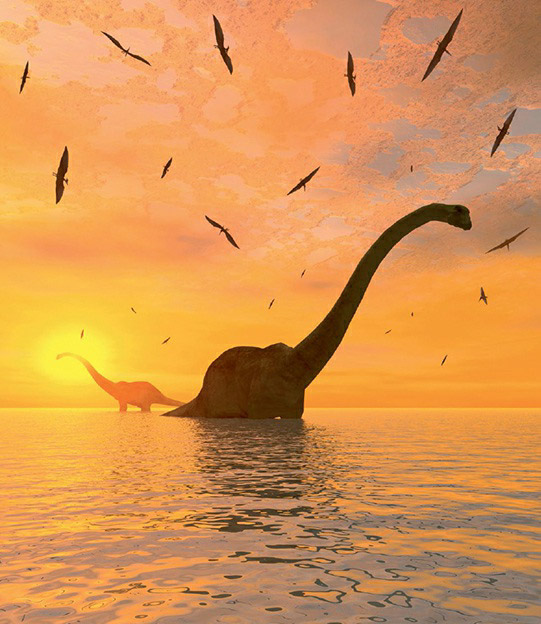The Age of the Dinosaurs, an era defined by the emergence and dominance of these unique amniotic vertebrate reptiles, was initiated by mass extinctions at the end of the Permian and Triassic periods. These catastrophic events cleared ecological and evolutionary niches, allowing for the rise of previously minor groups, including the dinosaurs.
First appearing in the fossil record around 240 million years ago, during the middle Triassic period, dinosaurs diverged from their archosaur ancestors. These archosaurs, the dominant land predators of the Triassic, gave rise to a few surviving classes, including the dinosaurs. The oldest-known Triassic dinosaur fossils suggest they started as small, bipedal predators.
The evolutionary trajectory of early Jurassic dinosaurs towards larger sizes and a variety of body styles is believed to be influenced by their survival through the End Triassic mass extinction. This left them in a world devoid of major land predators, amidst rapidly recovering flora and fauna. Dinosaurs quickly ascended to the top of the food chain, evolving into at least 700 species, ranging from the small Eoraptor to the colossal Argentinosaurus. They included formidable predators like Tyrannosaurus Rex.
However, the Age of the Dinosaurs ended abruptly around 65 million years ago, likely due to a large asteroid impact causing a climate and ecological crisis. This event led to the extinction of most dinosaur species and about 75 percent of all other life forms. Remarkably, one dinosaur class survived the End Cretaceous mass extinction: birds. Today, over 10,000 bird species are the living descendants of feathered dinosaurs, a testament to the enduring legacy of these ancient giants.

